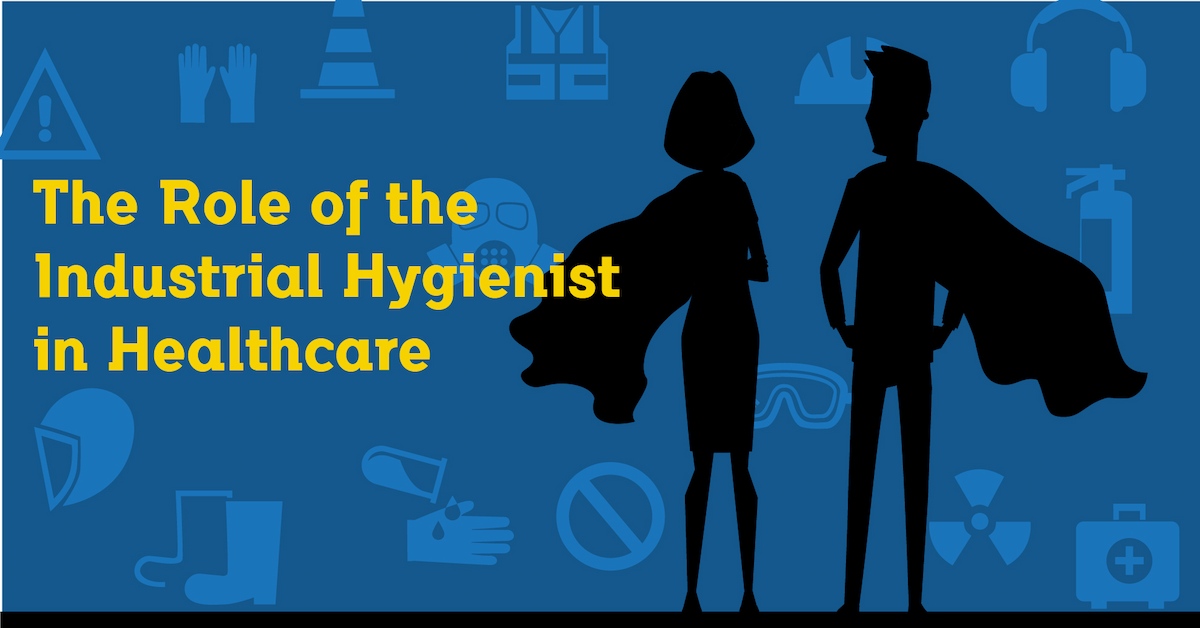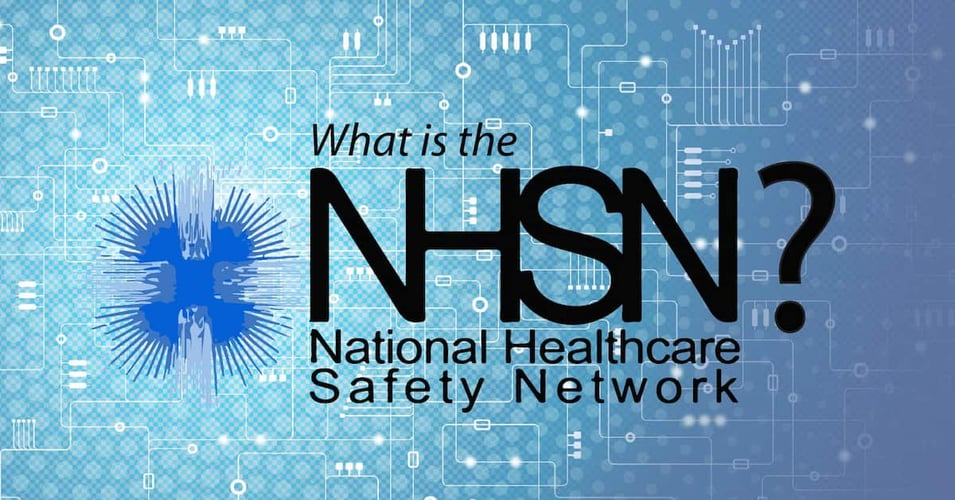The Role of the Industrial Hygienist in Healthcare

 Who obsesses over the safety of a community's environment? Who knows all the building codes, chemical exposure limits, and fire retardant additives by heart? Who walks through a built space and can identify potential risks from air quality, radiation, ergonomics, violence, and stress without batting an eye? Why, it's the industrial hygienist, of course! Today we will explore this profession and its role in keeping us healthy and safe.
Who obsesses over the safety of a community's environment? Who knows all the building codes, chemical exposure limits, and fire retardant additives by heart? Who walks through a built space and can identify potential risks from air quality, radiation, ergonomics, violence, and stress without batting an eye? Why, it's the industrial hygienist, of course! Today we will explore this profession and its role in keeping us healthy and safe.
The industrial hygienist, or occupational hygienist, focuses on the "anticipation, recognition, evaluation, prevention, and control" of safety concerns in the built environment (AIHA, 2019). With a degree in biological or physical sciences, this professional is able to conduct safety assessments across a variety of disciplines, including threats from microorganisms to ergonomics. Brought in as specialized experts or hired as a permanent part of a team, industrial hygienists provide detailed reports that help make decisions from construction through the life of the building. Their services can include training of staff, serving as a liaison with public officials, and evaluating compliance.
In healthcare, the industrial hygienist must have specialized training in the unique conditions of hospitals and other healthcare facilities. Because these structures are designed to protect vulnerable patients, their standards for safety are much higher than, say, an office building or school. Healthcare industrial hygienists are therefore trained and experienced in dealing with air quality, isolation rooms, water treatment, waste disposal and biological waste management. Compared to a more general industrial hygienist, they possess a deeper understanding of the clinical side of healthcare and how that informs the needs of the built environment. Because of this unique position, they can examine the role of the environment in hospital-acquired infections, both individual cases and outbreaks, as well as mitigate infection risk through changes to the built environment.
Typical Tasks of the Industrial Hygienist
|
Healthcare industrial hygienists do not neglect any important members of a hospital community, including the staff. They are concerned with maintaining the health of workers, including protecting them from pathogens and other infectious agents. While there is not external financial pressure to keep hospital staff healthy (unlike pressures to reduce patient infections, for example), studies show that when industrial hygienists are involved in hospital planning and operation, there is increased job performance and productivity as well as reductions in costs.
So how does one become an industrial hygienist? A bachelor's degree in biology, chemistry, physics, or engineering is a good start, but coursework should include industrial hygiene, toxicology, and significant emphasis in measurements and controls. Experience in the field is essential, and certification through the ABIH is an important step towards career advancement. For those wishing to work in a hospital, additional healthcare-related coursework and certification are important.
The industrial hygienist is a professional with a single-minded dedication to safety backed up by data and science. This is an individual who targets a specific problem by collecting meaningful data, analyzing that data to produce strong conclusions, and can even help implement recommendations. Consider the industrial hygienist the Special Forces, or green berets, in the war against infection: Targeted missions, special reconnaissance, and direct action in the fight against dangerous pathogens.
Editor's Note: This post was originally published in June 2019 and has been updated for freshness, accuracy and comprehensiveness.
![EOScu Logo - Dark - Outlined [07182023]-01](https://blog.eoscu.com/hubfs/Eoscu_June2024/Images/EOScu%20Logo%20-%20Dark%20-%20Outlined%20%5B07182023%5D-01.svg)





